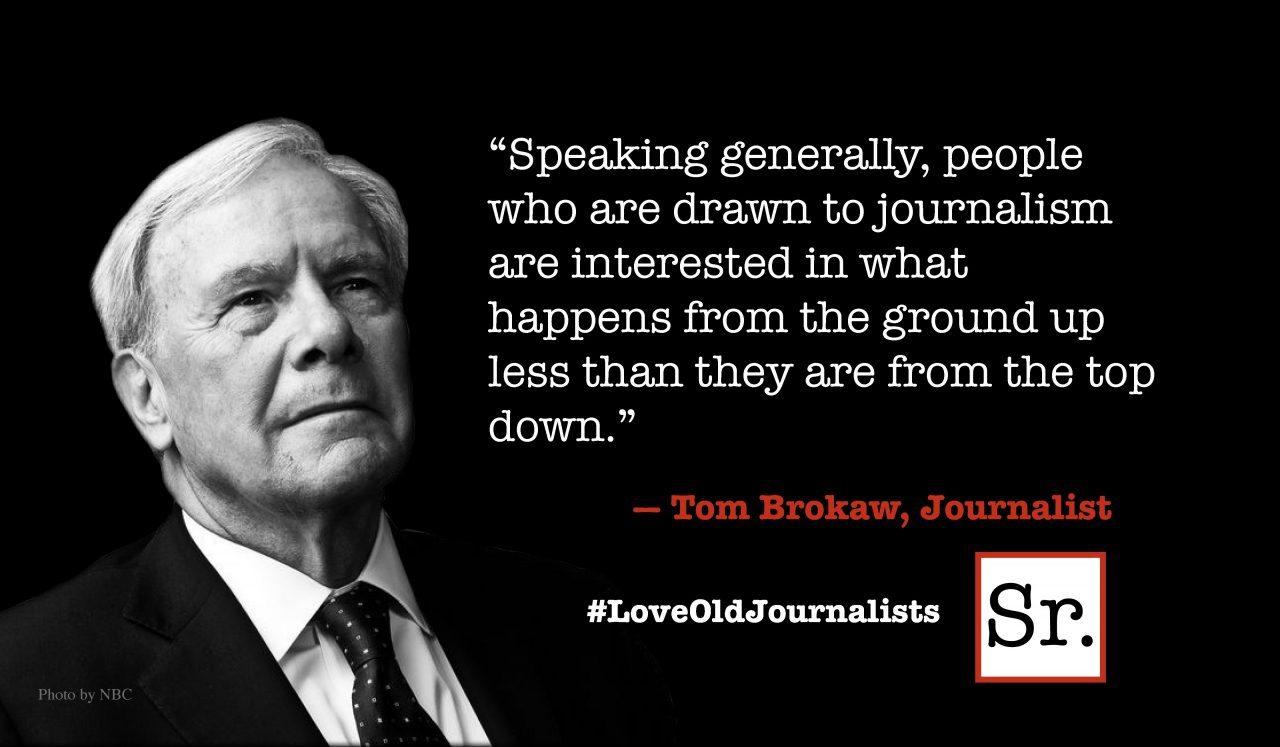Who doesn't like to fly Southwest Airlines? Huge numbers of people are just nuts about Southwest — true blue fans. So much that Southwest Airlines is now the largest carrier of passengers in the largest market in the world.
Profitable since its inception in 1972, its stock ticker symbol, LUV, says it all. Not only are customers made to feel welcome and appreciated at Southwest Airlines, but so are their bags. The Southwest Difference just oozes out of every employee. Southwest Airlines built their business on a culture of engagement. Southwest engages and energizes employees who, in turn, naturally engage and energize customers. Southwest makes flying fun.
We frequently hear leaders state that their employees are their most valuable resource, and that is a statement most everyone can agree on. What is not so straightforward, however, is how to access the full value that employees can bring to the organization and its customers. How to fully engage those most valuable resources and leverage them for the good of all concerned remains a mystery to most.
An engaged employee is one who is fully involved in and enthusiastic about his or her work and will naturally act in a way that furthers the organization's interests. We like to say engaged employees are tuned into and turned on by their work. Engaged employees are naturally more productive, quality-oriented, team-centered, customer-focused, safety-conscious, and take more ownership for their performance and for business outcomes. As we effectively engage employees, we tap into a resource that is darned near infinite — our People Power.
Gallup has conducted over 20 years of research on employee engagement worldwide to reveal that 33 percent of U.S. employees are actively engaged, 49 percent are disengaged and 18 percent are actively disengaged. Disengagement costs U.S. businesses and nonprofits hundreds of billions of dollars every year in lost productivity alone.
Terri Kabachnick, author of "I Quit, But Forgot to Tell You," points out that employees can actually quit, forget to tell you, and remain on your payroll for years, flying under the radar screen. Gallup research reveals that employees don't quit companies, they quit bosses. This suggests that each of our supervisors and managers would do well to master the skill of fully engaging their employees. That begs the question, are our supervisors and managers fully engaged? Disengagement rolls downhill.
As customers, we can tell when we are interacting with a fully engaged individual or someone just going through the motions. I have found myself thanking some disengaged person for taking my money in a retail transaction, when they fail to thank me for my business.
For 25 years we have been helping employers and business owners tap into their most valuable resource — their employees. We have come to agree with the authors of "The Power of Full Engagement," Jim Loehr and Tony Schwartz, that engagement is more about energy than time. Attendance at work is easy to measure, which only tells us is that we have succeeded in getting bodies to work on a given day. Fully engaged employees habitually bring their full attention and passion for the job along with them. They are ready to focus their energy on the job at hand, and this translates into great customer interactions and profits.









